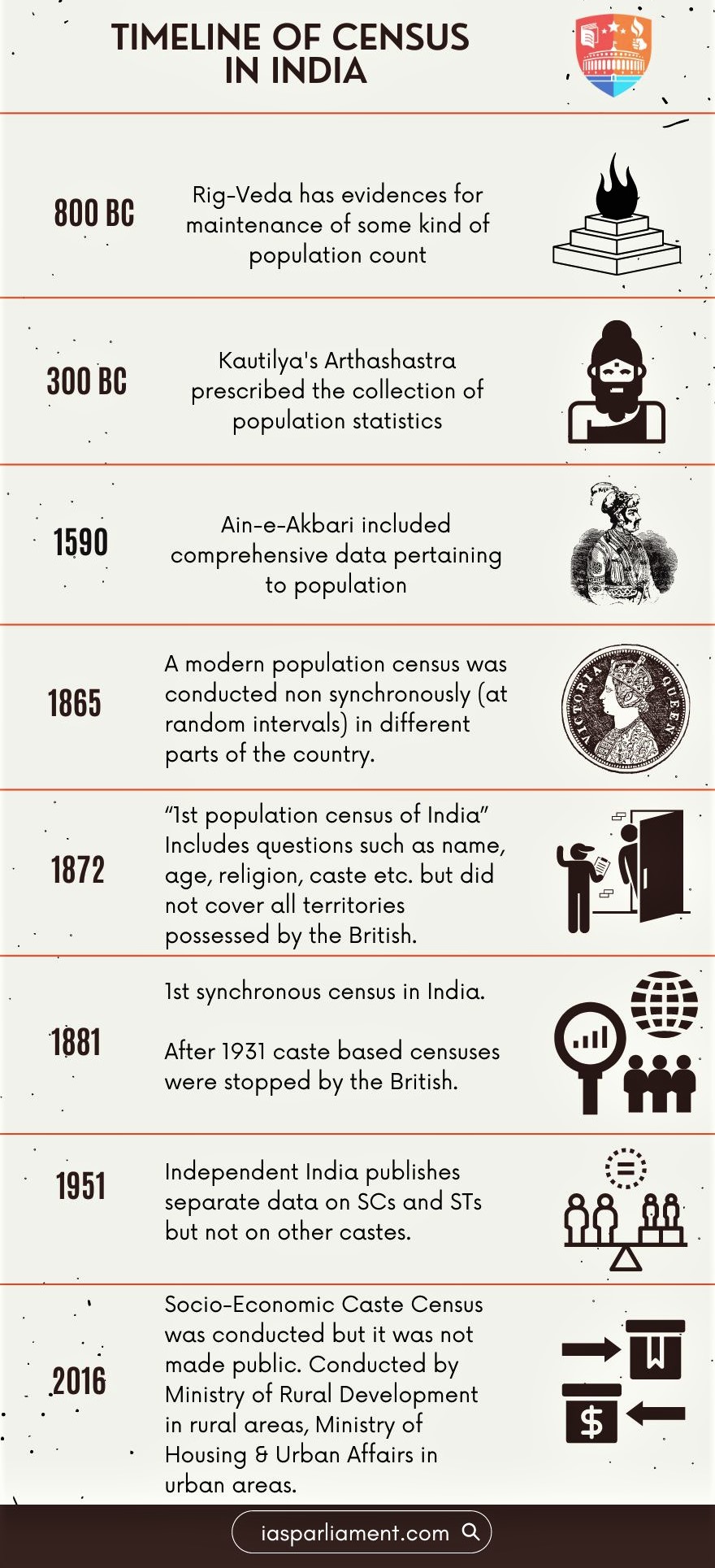900 319 0030
enquiry@shankarias.in
A recent study of India’s experience under colonial rule concludes that data from the Census of India reveal that between 1880 and 1920 approximately 100 million Indians died due to British policy in India.
The 2021 census would be the first census in India where the enumeration would be done digitally.

References